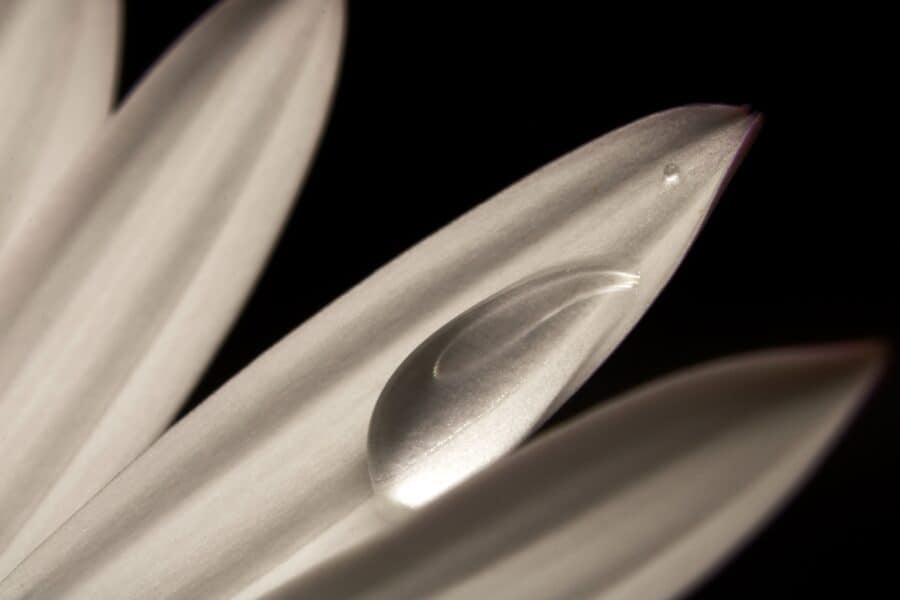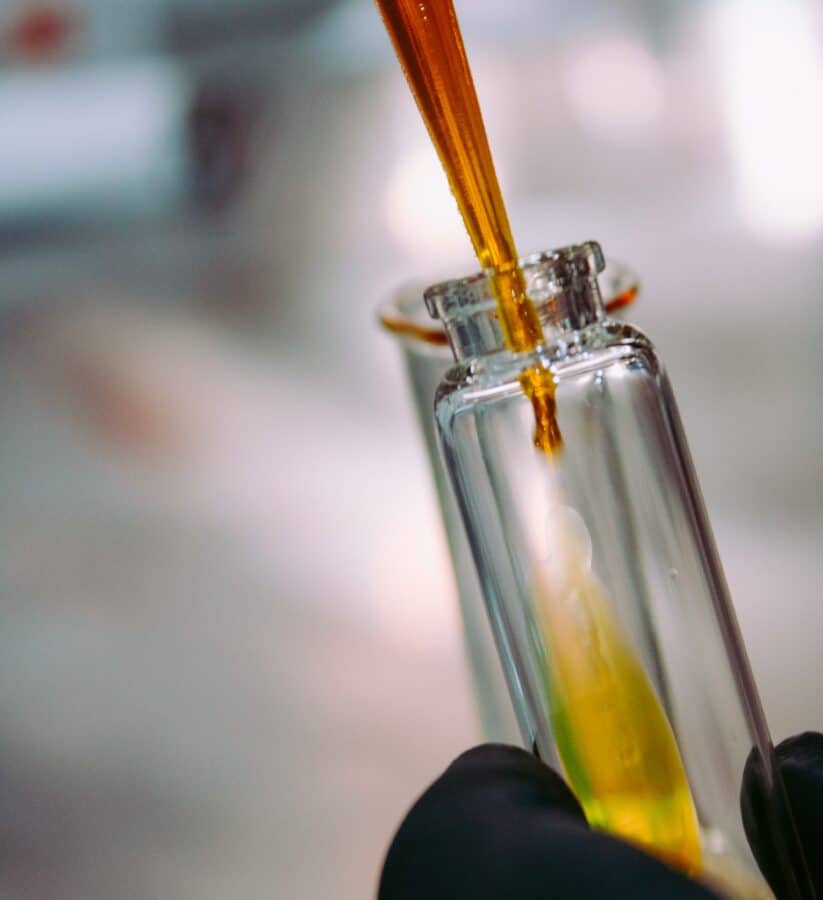Extracting Terpenes with CO2
How would a person choose a cannabis flower? There is no doubt that most would rely on smelling the flower. The terpenes provide this wonderful smell to cannabis and even other herbs. They are highly volatile and act on the olfactory system. Although aroma itself is vital in herbal extracts, it appears that terpenes have many different roles. The Discovery of numerous health benefits of terpenes has created massive interest in these wonderful organic compounds.
There are many ways of boosting the potency of CBD products, like adding terpene extracts, extracting terpenes in-house, and then adding them to CBD products. Terpenes CBD product has a better aroma and more potent health benefits.
Any single plant would have numerous terpenes, and terpene structure varies. The combination of various terpenes creates the distinct aroma of any plant. It means that most aromatic plants and herbs have multiple types of terpenes and the unique fragrance results from a unique combination.
In addition, these terpenes help keep pests away and attract pollinators. Studies show that there are numerous terpenes in cannabis like alpha and beta-pinene, limonene, terpinolene, linalool, humulene, caryophyllene, and so on.
Higher amounts of flavonoids and terpenes provide cannabis extract with greater antioxidant properties, extending its health benefits. But, more importantly, terpenes appear to boost the health benefits of CBD through a so-called entourage effect.
Researchers are still exploring various health effects of terpenes. However, it now appears that many benefits of herbal products are due to terpenes. Terpenes may modulate immunity, inflammatory responses, boost various body functions. Thus, retaining terpenes during CBD extraction may help produce a better and aromatic product. Terpenes cannabinoids help each other work better.
CO2 as a solvent for terpene extraction
Using supercritical CO2 is one of the most common methods of CBD extraction. Supercritical CO2 is an excellent solvent. It is formed by compressing CO2 at high pressures and still maintaining a high temperature. However, this method poses some challenges in extracting terpenes. Terpenes do not like the high temperature of supercritical CO2. Terpenes are highly volatile.
It means that using supercritical CO2 alone would not help get products rich in terpenes. Although that may not be a problem when the aim is to produce pure CBD isolate. However, extracting terpenes make commercial sense as these incredible aromatic compounds are costly. 
Process of Terpene Extraction
Fortunately, it is known that these terpenes dissolve well into ethanol. Therefore, one way is to introduce 5% ethanol to CO2 extraction. This can be combined with so-called decarboxylation, a process of converting acidic cannabis to a neutral form, which considerably improves the extraction of cannabinoids and terpenes. Thus, it is good to decarboxylate before making oil.
Using a small amount of ethanol is a very economical way of terpenes extraction. In addition, it does not add up much to the total extraction costs. However, ethanol is not a perfect method, as it has numerous limitations.
The end product of ethanol extraction is dark-colored biomass that is abundant in terpenes. However, this biomass still contains ethanol along with fats, waxes, and other cellular materials. Therefore, it means that this biomass still needs further processing for extracting terpenes.
Can terpenes be destroyed during the extraction?
In short, the answer is yes. Not all, but partial degradation of terpenes occurs when ethanol is used to extract terpenes. This degradation and even loss of terpenes occur during the distillation process.
Biomass produced through ethanol extraction is not very pleasant. One still needs to use evaporators to remove ethanol and other impurities. However, this process has some problems. Terpenes are highly volatile. It means that many terpenes evaporate along with ethanol, resulting in considerable loss.
But that it’s not all. Applying heat also degrades many terpenes. Nonetheless, after evaporation, dark-colored oil rich in terpenes is left behind. These remaining oils must be further processed to get pure and safe to consume terpenes.
So, as one can see that although ethanol is an excellent way of terpenes extraction, like any method, it has its downsides. Prolonged application of heat during evaporation degrades terpenes. Due to a similar boiling point, many terpenes are lost during the evaporation process.

It means that although ethanol is quite a cost-effective way, it is far from perfect. Fortunately, there are better ways of terpenes extraction or retention: using sub-critical CO2 run before using supercritical CO2 to extract cannabinoids. Many types of equipment, including MoSES, allow the use of sub-critical CO2 extraction methods.
Preserving and maximizing terpenes
Sub-critical CO2 extraction is very similar to supercritical. However, it applies less pressure and uses lower temperatures. As a result, it is especially effective in preserving highly volatile compounds found in various herbs like terpenes in cannabis.
It yields a product that is rich in terpenes and various cannabinoids. However, it generally produces less yield than supercritical CO2 extraction and is also a slower process.
One can run the remaining plant biomass through an additional cycle of supercritical extraction to extract a greater number of cannabinoids. Supercritical extraction is also better in retaining denser molecules like fatty acids.
Thus, as one can see that there is no ideal way of extracting various phytocompounds. Each phytocompound differs in physical properties. Some are better extracted using liquid solvents like ethanol, others supercritical CO2.
Due to an increased understanding of various health benefits associated with terpenes and the importance of the entourage effect, many are using sub-critical extraction these days.
Fortunately, one can use the same equipment to carry out all these processes in automatic or semi-automatic mode. Most supercritical CO2 extraction equipment would allow the use of sub-critical CO2 extraction. Moreover, many such types of equipment also allow adding ethanol.
The truth is that no method is perfect. However, combining multiple ways of extraction, running the cannabis mass through multiple cycles is the only way to extract a maximum number of compounds. Further, lots would also depend on post-processing. Thus, the final product produced by any machine also depends on the knowledge base of any organization, its experience in producing herbal extracts.

Essentia Pura terpene-rich extracts, a state of art!
Essentia Pura is the manufacturer of CBD and terpenes extraction equipment like the MoSES and CBD isolate or distillate. It also produces water-soluble CBD products with excellent bioavailability.
For smaller manufacturers lacking the expertise in CBD extraction, it may be a good idea to procure high-quality CBD isolate or distillate and produce finished products.
Essential Pura also provides its expertise along with equipment for those interested in scaling their production. It is one of the few companies producing module-based equipment. Thus, one can start small, and then these machines can be upgraded for higher production volumes.
Looking for products high in terpenes, or equipment to produce pharmaceutical-grade terpene ingredients? Do not hesitate to reach out, just complete the contact form.
